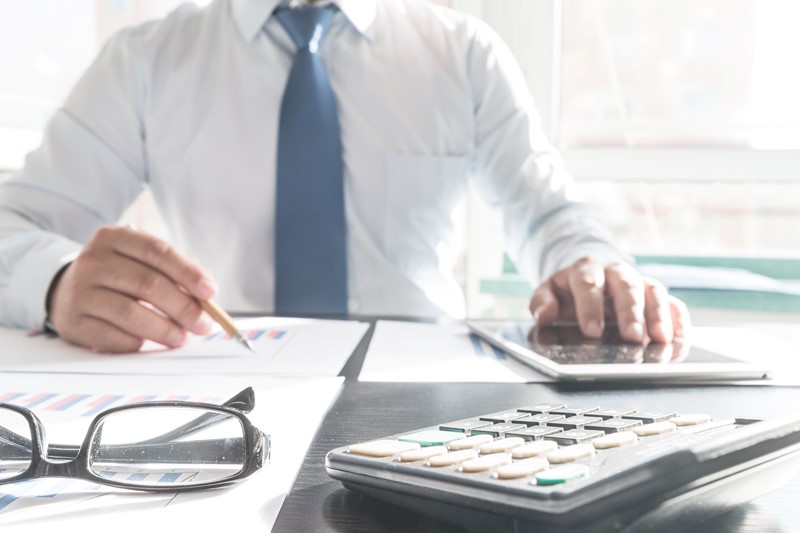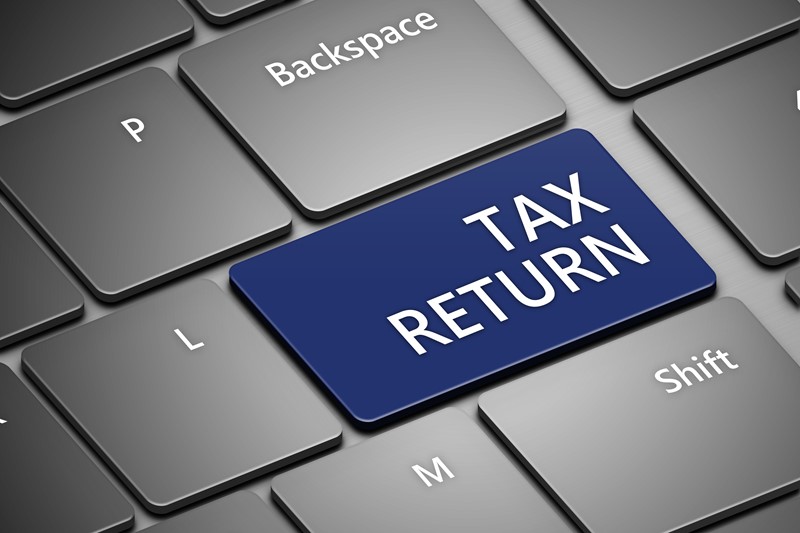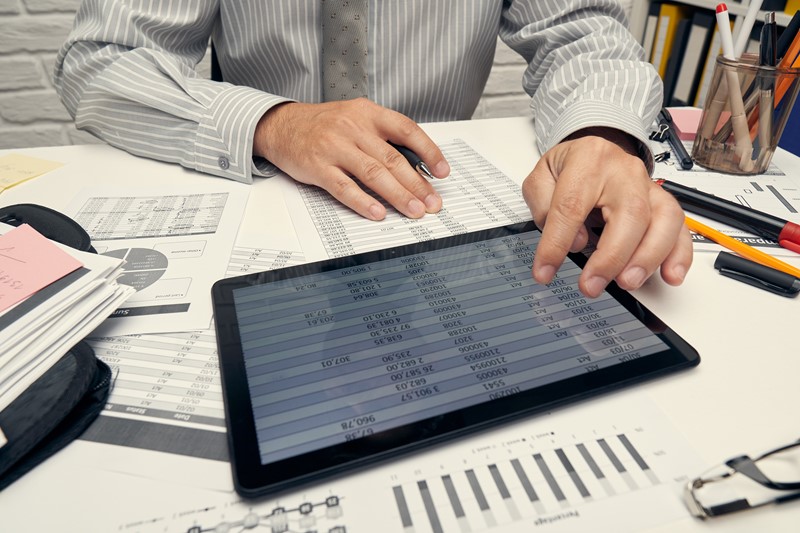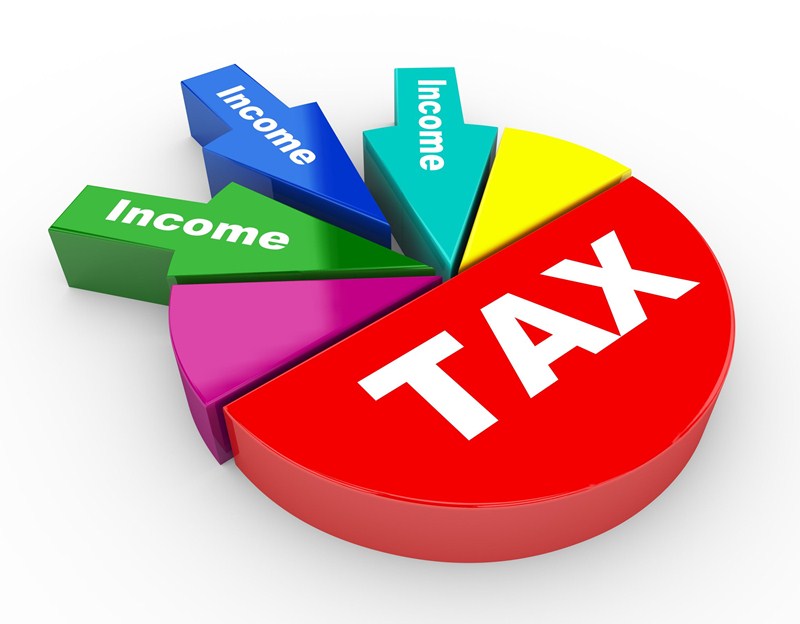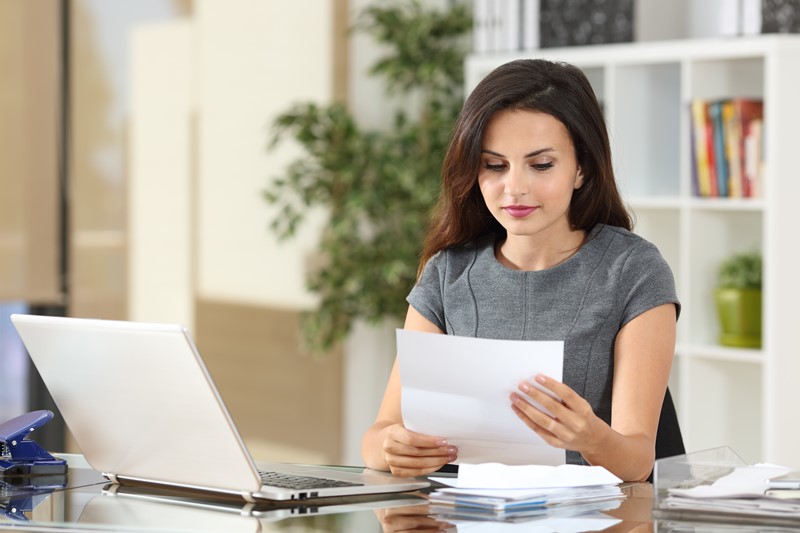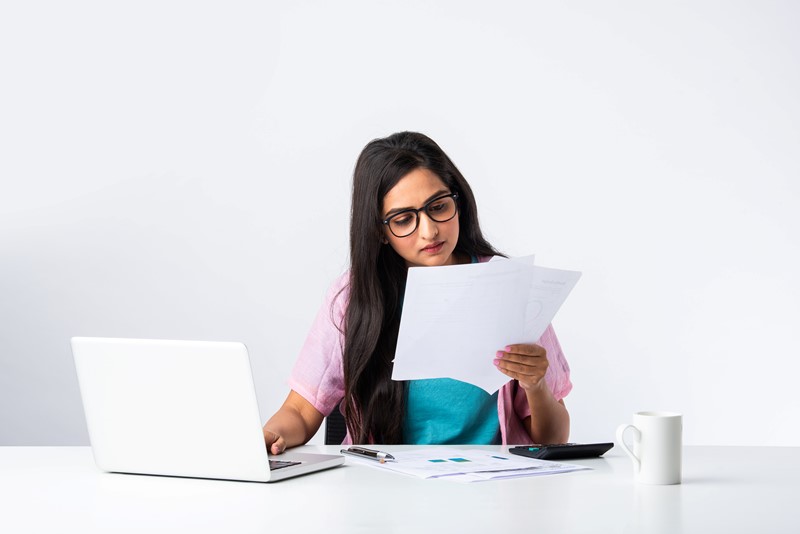HMRC has confirmed that more than 10.2 million people submitted their 2020-21 Self-Assessment tax returns by the 31 January deadline. This leaves over 2.3 million taxpayers or 19% that have missed the deadline and are yet to file. Are you among those that missed the 31 January 2021 filing deadline for your 2020-21 Self-Assessment returns?
HMRC has already announced that due to the coronavirus pandemic, fines for taxpayers that file their Self-Assessment returns late will be waived until 28 February 2022. However, interest will be applied to any outstanding balance due from 1 February 2022 so you should try and pay your tax bill as soon as possible. If you are unable to pay your tax bill, then there are a number of options for you to defer the payment that was due on 31 January 2022.
This includes an option to set up an online time to pay payment plan to spread the cost tax due on 31 January 2022 for up to 12 months. This option is available for debts up to £30,000 and the payment plan needs to be set up no later than 60 days after the due date of a debt. This should be done sooner rather than later as a 5% late payment penalty will be charged if tax remains outstanding, and a payment plan has not been set up, before 1 April 2022.
If you owe Self-Assessment tax payments of over £30,000 or need longer than 12 months to pay in full, you can still apply to set up a time to pay arrangement with HMRC, but this cannot be done using the online service.
HMRC’s Director General for Customer Services, said:
'We’re waiving penalties this year, to give those who missed the deadline an extra month. And customers can set up a monthly payment plan online if they’re worried about paying their tax bill. Search ‘Self-Assessment’ on GOV.UK to find out more.'
Source:HM Revenue & Customs| 07-02-2022

